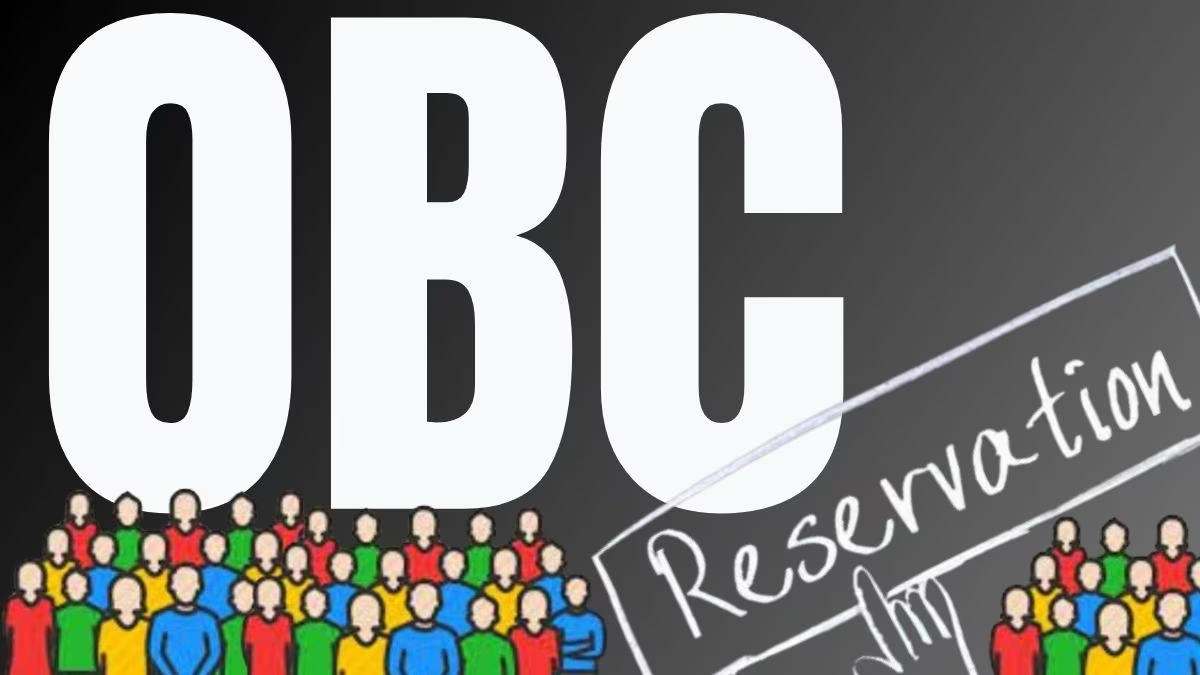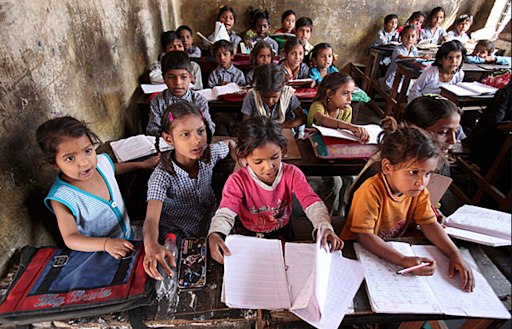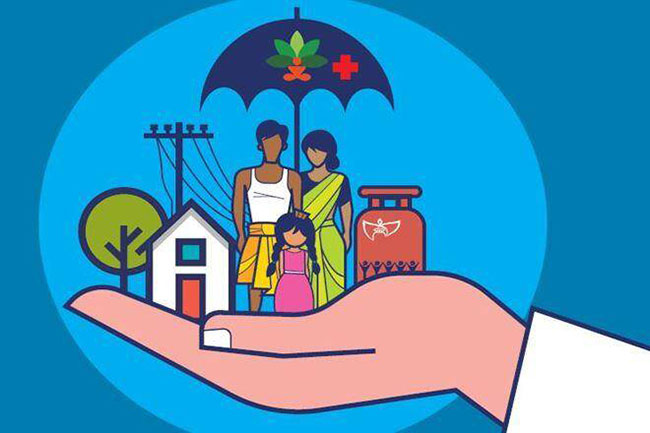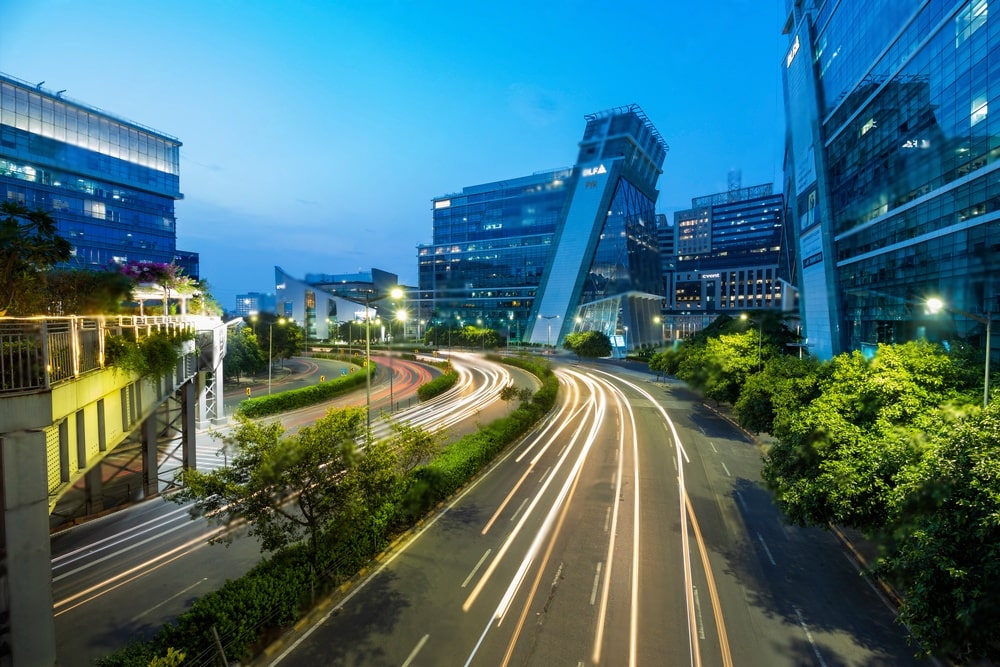Vision
Backward by cast, not by mind

Our Vision is to bring all SC/ST, OBCs, Minorities and especially abled peoples at one platform.
Experts believe the economic statuses of the dominant castes have improved in the past 80 years and the certain casts have not benefited so much.
As one of the world’s fastest growing economies, India’s share of global wealth has been increasing for over a decade now. But just 10% of Indians possess more than three-fourths of the country’s wealth, according to the ninth Global Wealth Report by the Credit Suisse Research Institute.
This leads to Inequality among the residence of India. This is the pure violation of basic right of peoples under Article 14 who guarantees equality before the law, while Article 15 (Prohibition of Discrimination based on religion, race, caste, sex or place of birth) and Article 16 (Equality of Opportunity in Public Employment) allow for special provisions benefiting backward classes, without prejudice to non-domicile candidates.
Increasing Trends of Inequality in India, Results?

Wealth Inequality
India is one of the most unequal countries in the world, with the top 10% of the population holding 77% of the total national wealth.

Income inequality
According to the World Inequality Report 2022, India is among the most unequal countries in the world, with the top 10% and top 1% of the population holding 57% and 22% of the total national income respectively.

Tax Burden on Poor
Approximately 64% of the total goods and services tax (GST) in the country came from the bottom 50% of the population, while only 4% came from the top 10%.

Healthcare is Luxury
Many ordinary Indians are not able to access the health care they need. 63 million of them (almost two people every second) are pushed into poverty because of healthcare costs every year.

The State of Food Security and Nutrition in the World, 2023
Around 74% of India’s population could not afford a healthy diet, and 39% fell short of a nutrient-adequate one.
We favour Cast Census, why?
To Address Social Inequality:
- Caste-based discrimination is still prevalent in almost all parts of India. Our mission to bring all backward to forward to live with dignity among others.
- Census helpful to implemented polices and by understanding the distribution of different caste groups, targeted policies can be implemented to address social inequality and uplift marginalized communities.
To Ensure Equitable Distribution of Resources:
- Helpful equitable distribution of resources.
- Helpful in policy making.
- Helpful to promote social justice.
- Helpful in Reservations: Determine the need for reservations in education, employment, and politics for OBCs
- Guard against dominant castes: Guard against a few dominant castes in a reserved category crowding out others
Need of fresh Cast Census. Why?
New caste census is required to measure the economic and social well-being of all castes.
Reservation in the private sector: a necessity whose time has come?
The Backward Classes Commission recommended up to 27 per cent reservation in the private sector also. The new Clause 5 in Article 15 allows for reservations to be valid for unaided educational institutions but it has not been made into a law which can be implemented in nearly 11 years.
Our prudent ancestors were well aware, about the results of inequality. Country growth will suffer and distance between rich and poor peoples will increase. This difference will create chaos among the country. In a democratic country, we will not grow further without taking the help of low level peoples.

This was well defined in the history of India. Reservations have had a place in India for over a century, much before they were written into the Constitution as a leg up for socially and educationally backward sections. In 1902 Pune’s Chhatrapati Maharaj reserved seats in educational institutions; the Mysore Maharaja and the states of Madras and Travancore too ensured representation for the very backward in all senses of the term because of highly stratified social structures and the practice of “untouchability” that had left large sections of the population backward for centuries. They recognised that it was only by actively trying to lift up these sections by offering seats in educational institutions and in employment, that some kind of level playing field could be established.

